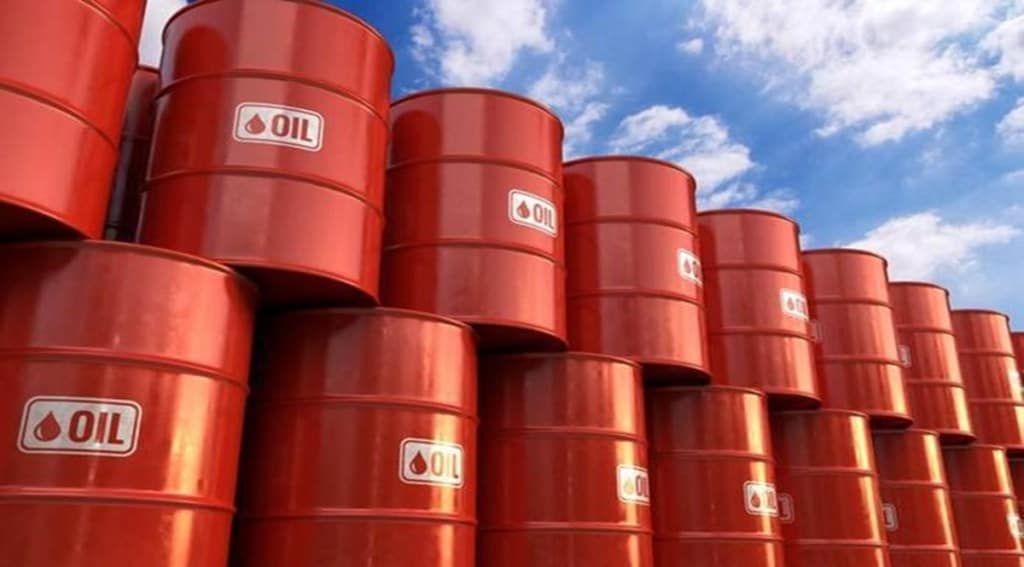With international oil prices nudging $100 a barrel, and expected to remain high and volatile over the near-term—thanks to geopolitical tensions arising from Russia’s massive military build-up on Ukraine’s borders—their impact is serious for a country like India which imports 85% of its requirements. For India, costlier oil implies a higher import bill and inflation. Indications are that the crude import bill this fiscal is likely to substantially exceed last year’s level of 196.5 million metric tonnes (MMT), worth $62.2 billion. In April-December this fiscal, India imported 156.4 MMT of oil valued at $82.4 billion as against 143.4 MMT at $39.6 billion during April-December in FY21 according to the Petroleum Planning & Analysis Cell.
A rule of thumb is that every increase in global oil prices by $10 a barrel raises the current account deficit—which is the broadest measure of India’s goods and services transactions—by $9-10 billion. With much higher oil prices currently, the deficit may exceed forecasts of $40-45 billion, or 1.4% of GDP, for FY22, signaling vulnerability in India’s external accounts.
Prima facie, global oil prices close to $100 a barrel appear much higher than is warranted by demand-supply imbalances. Global demand for oil during the first quarter this calendar year is pegged at 99.7 million barrels a day while global supply is roughly similar at 99.59 million barrels a day according to the US Energy Information Administration (EIA).
Prices have zoomed due to the so-called “fear premium” or jitters over disruptions in oil and gas supplies if Russia invades Ukraine. Not so long ago, there was turmoil in West Asia, with drone strikes near oil facilities in the UAE that resulted in oil prices spiking upwards. That said, prices have been rising since mid-2020 due to drawdowns on global oil inventories which averaged 1.8 million barrels a day since the third quarter of 2020 to the end of 2021. But there are cautious grounds for optimism that higher supplies will come into the market to meet demand in the remaining quarters of 2022 and cool prices. Higher US production is likely and more Iranian oil may enter the market with a satisfactory conclusion over the on-going nuclear talks. Brent crude prices may fall to $87 a barrel in 2022 and $75 a barrel in the fourth quarter, according to the EIA.
Elevated international oil prices are certainly not good news for India. There may not be an immediate pass-through to higher domestic retail prices due to the on-going state assembly elections. But the relief is only short-lived as higher retail prices are inevitable and are bound to trigger the need for greater conservation and greater efficiency in the utilisation of oil and gas. To reduce vulnerability to high and volatile global prices, determined efforts must be made to increase the levels of relative self-sufficiency by stepping up domestic oil and gas production. Unfortunately, this is not happening. Domestic crude production has been steadily declining from 38.1 MMT in FY12 to 30.5 MMT in FY21.
Till December this fiscal, production at 22.4 MMT is a tad lower than output during FY2021. Domestic oil producers must be incentivised to produce more to reduce import-dependence over the medium-term. India, for its part, is currently increasing expenditure on seismic surveys of domestic hydrocarbon assets. The petroleum ministry is also reportedly considering ways of bringing oil and gas from India’s 52 overseas fields in 22 countries. There is no alternative to stepping up local oil and gas production to reduce vulnerability to oil shocks and promoting greater energy security.


